Schengen Zone reaching Serbian border
Nine new EU member-states will join the Schengen Zone from December 21, including Hungary and Slovenia.
Thursday, 06.12.2007.
09:54

Nine new EU member-states will join the Schengen Zone from December 21, including Hungary and Slovenia. From that date, citizens of those countries that joined the EU in 2004 will be able to travel to 15 countries within the zone, without passports. Schengen Zone reaching Serbian border The scrapping of border controls and complete freedom of movement will be a further incentive for citizens of another nine countries to feel like European citizens, while the rest, including Serbian nationals, will continue to apply for visas to enter Europe. From December 21, the Schengen Zone will include Slovakia, Slovenia, Estonia, Hungary, Lithuania, Latvia, Malta, Poland and the Czech Republic, whose citizens will be able to travel freely, though Serbs will still require a visa. At the consular department in the Hungarian Embassy in Belgrade, preparations are under way for issuing Schengen visas. “Over the course of the last year, Schengen Zone members have received 13 million visa applications in 2500 consulates altogether. You can conclude, on that basis, the significance of the zone we are now joining,“ says Hungarian General Consul Janos Kolar. “The highest number of visas, 320,000, was issued by the Finnish Consulate in St. Petersburg, and of Hungarian representative offices, the Subotica General Consulate leads the way, with between 120 to 130,000,“ he explains. The Schengen visa involves a complicated issuing procedure. And, in the case of the Hungarian Consulate, it means arranging times for accepting applications, collecting documentation and arranging face-to-face appointments. “What we’re all attempting to do is be friendly to applicants. We’re trying to explain to them everything they were unaware of before, whether on the site, or some other way,“ says Belinda Ilic from the Hungarian Consulate. Reviewing applications takes five working days. Before being submitted to the consul for consideration, passport and application details are entered and visa photographs scanned. “In principle, photos and personal details are scanned, as well as the reason for the journey. Later, the application is passed on for evaluation to the consul, who makes the final decision on whether to issue a visa or not,“ explains Ana Citari from the consul. “It will be a laborious procedure, as many will have to pay for the visa, so the whole procedure will take longer,“ she says.
Schengen Zone reaching Serbian border
The scrapping of border controls and complete freedom of movement will be a further incentive for citizens of another nine countries to feel like European citizens, while the rest, including Serbian nationals, will continue to apply for visas to enter Europe.From December 21, the Schengen Zone will include Slovakia, Slovenia, Estonia, Hungary, Lithuania, Latvia, Malta, Poland and the Czech Republic, whose citizens will be able to travel freely, though Serbs will still require a visa.
At the consular department in the Hungarian Embassy in Belgrade, preparations are under way for issuing Schengen visas.
“Over the course of the last year, Schengen Zone members have received 13 million visa applications in 2500 consulates altogether. You can conclude, on that basis, the significance of the zone we are now joining,“ says Hungarian General Consul Janoš Kolar.
“The highest number of visas, 320,000, was issued by the Finnish Consulate in St. Petersburg, and of Hungarian representative offices, the Subotica General Consulate leads the way, with between 120 to 130,000,“ he explains.
The Schengen visa involves a complicated issuing procedure. And, in the case of the Hungarian Consulate, it means arranging times for accepting applications, collecting documentation and arranging face-to-face appointments.
“What we’re all attempting to do is be friendly to applicants. We’re trying to explain to them everything they were unaware of before, whether on the site, or some other way,“ says Belinda Ilić from the Hungarian Consulate.
Reviewing applications takes five working days. Before being submitted to the consul for consideration, passport and application details are entered and visa photographs scanned.
“In principle, photos and personal details are scanned, as well as the reason for the journey. Later, the application is passed on for evaluation to the consul, who makes the final decision on whether to issue a visa or not,“ explains Ana Čitari from the consul.
“It will be a laborious procedure, as many will have to pay for the visa, so the whole procedure will take longer,“ she says.





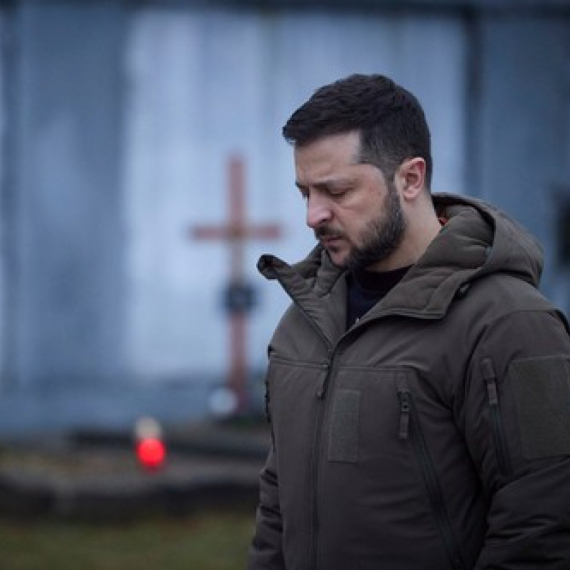
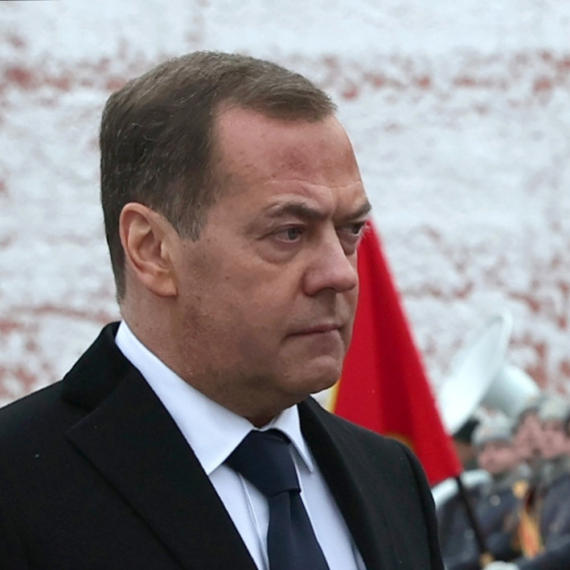



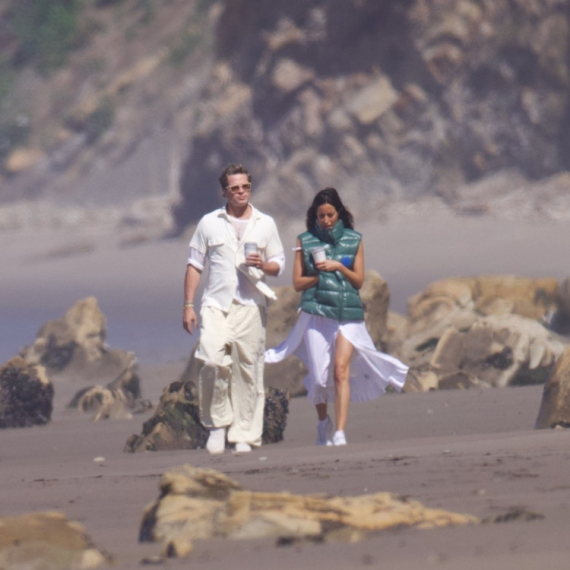







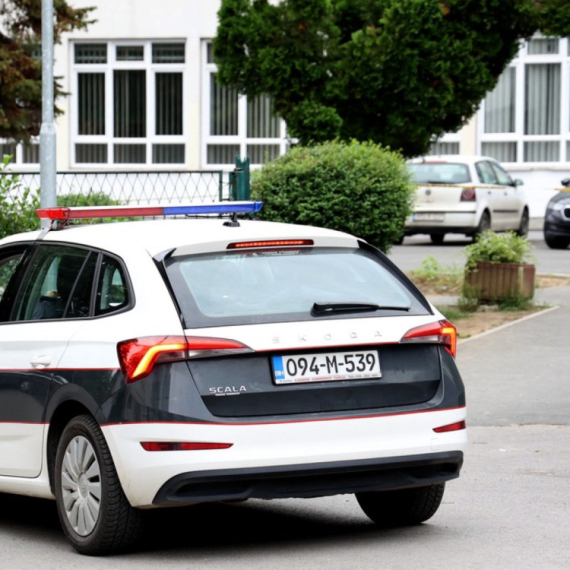














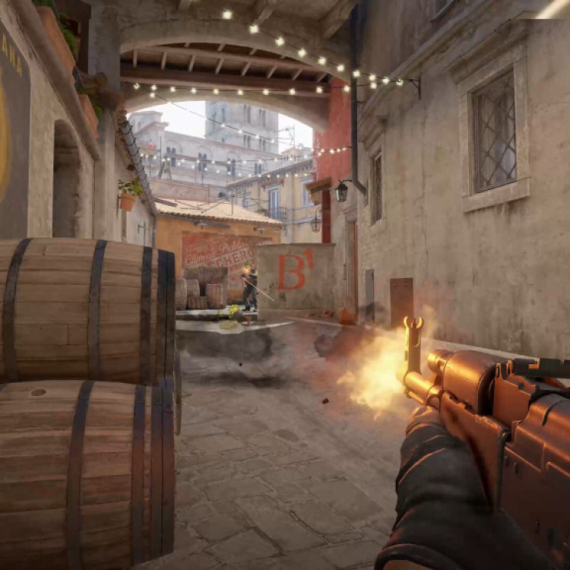

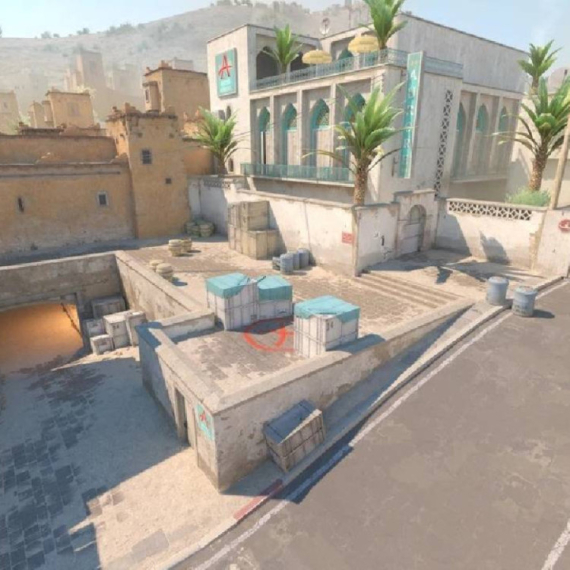






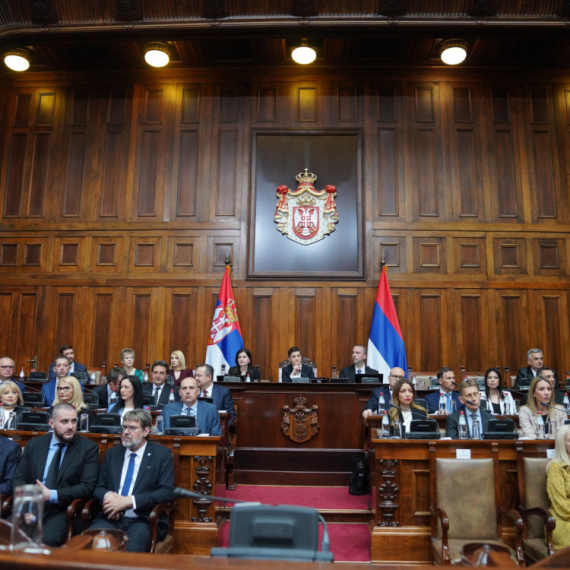












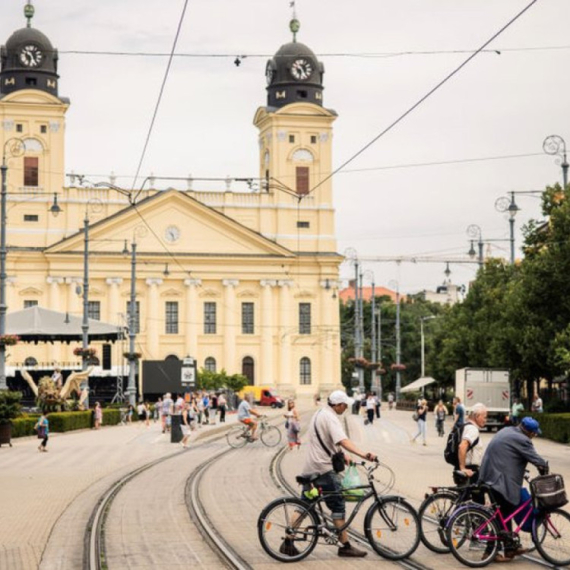
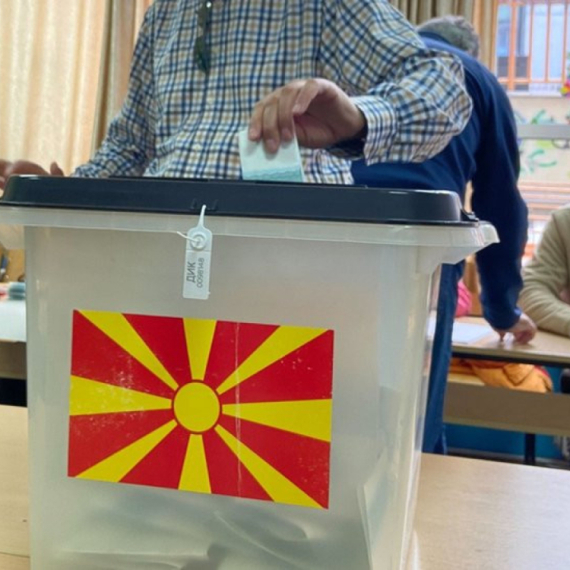

Komentari 6
Pogledaj komentare